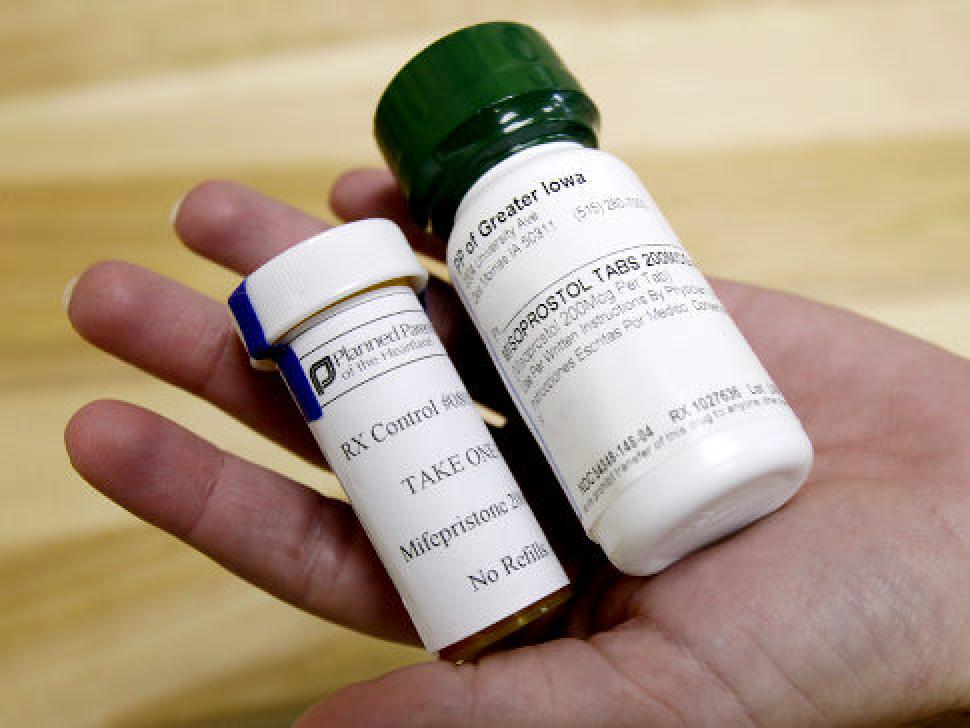Photo via NY Daily News
On March 30, 2016, the FDA announced new guidelines for the “abortion pill” Mifeprex, according to the New York Times. This change has caused major debate this political sea-son, some saying this new regimen was politically motivated, while the FDA claims the move was based purely on medical science. The New York Times report that “the change was an unequivocal victory for abortion rights advocates who had been fighting laws in Texas, North Dakota and Ohio, among other states, that require doctors prescribing the pill to follow the directions on the F.D.A. label for using it, which had been more stringent.”
Overall, the change is contingent upon following the directions for taking the drug, mifepristone, in line with what has become standard medical practice in most states: reducing the dosage to 200 milligrams from 600 milligrams, decreasing the number of visits a woman must make to a doctor from three to two, and extending the period when she can take the pill to 10 weeks of pregnancy from seven weeks according to the FDA.
This drug has sparked de-bate since its approval in 2000. Abortion rights groups have been fighting for it since the 1990s according to the New York Times. Anti-abortion groups said that the change did nothing to improve safety for women, and that some women fell ill or died after taking the drug (A spokeswoman for the company that makes the drug, Danco Laboratories, said there was no proof it caused the deaths), according to The New York Times.
Essentially, the “abortion pill” is the popular name for taking two medicines to end a pregnancy. This is effective later into the pregnancy, up to 70 days, and allows fewer visits to the doctor according to Planned Parenthood. Women are instructed to take one Mifeprex pill by mouth. After 24 to 48 hours, 800mcg of misoprostol should be taken buccally, in the cheek, rather than swallowed, at a location appropriate for the patient according to the FDA. Following this procedure, the woman should return to a physician 7 to 14 days after the misoprostol for a follow-up appointment. This procedure induces miscarriage by blocking progesterone, an important hormone for pregnancy according to the FDA.
Although access has been opened up, this medication must be, according to the FDA, “ordered, prescribed and dispensed by or under the super-vision of a healthcare provider who prescribes and who meets certain qualifications.” These qualifications are that the healthcare provider has been “trained to accurately diagnose the duration of pregnancy and to detect ectopic, or tubal, pregnancies, because those women cannot receive mifepristone,” according to ABC News. In addition, doctors must be able to perform surgery in case of emergency situations.
Most women can have a medication abortion safely, but all medical procedures have some risks, according to Planned Parenthood. By making this procedure more available to women, the FDA is at-tempting to make abortions safer by banning to purchase of Mifeprex online. Women must consult with a physician before getting access to the drug.
This change is bringing about more freedom for women and their reproductive health. Al-though the timing seems to coincide with the presidential race, the timing more so has to do with when the company put in the application for a label change according to Susan Wood, the director of the Jacobs Institute of Women’s Health at the Milken Institute School of Public Health at George Washington University. She was quoted as saying, “The F.D.A. just responded as part of their regulatory responsibilities, not on a political time frame” in the New York Times.



